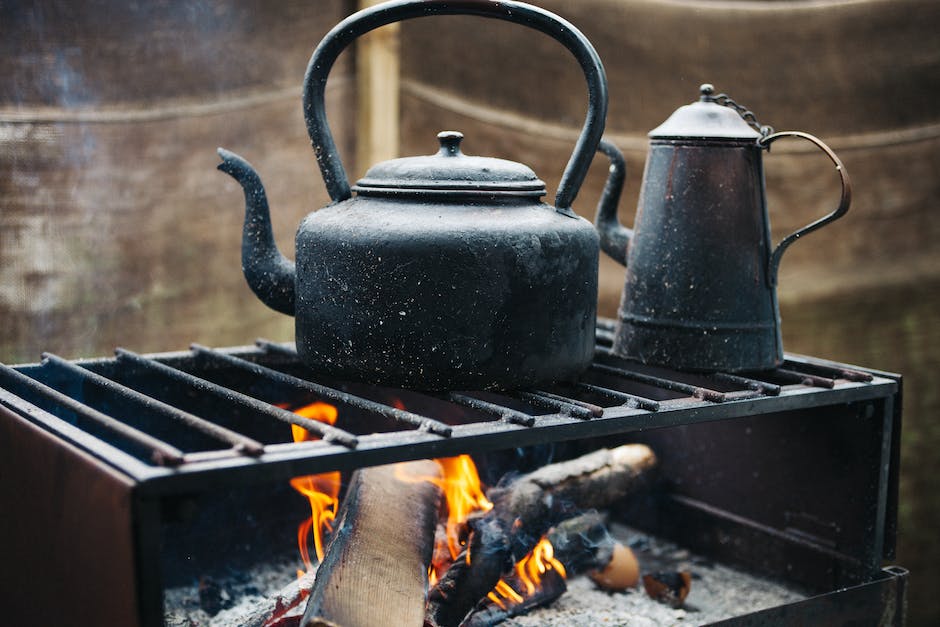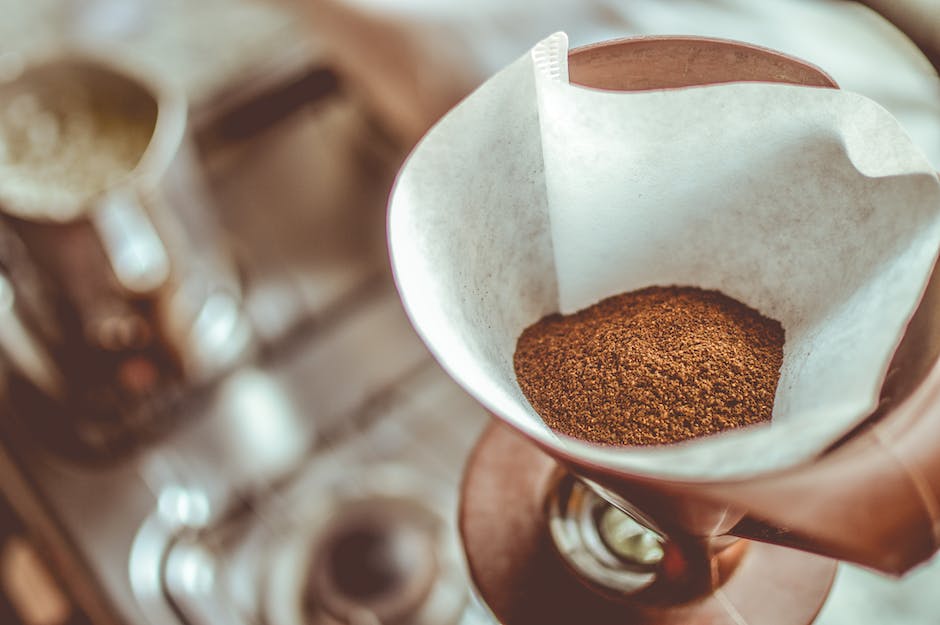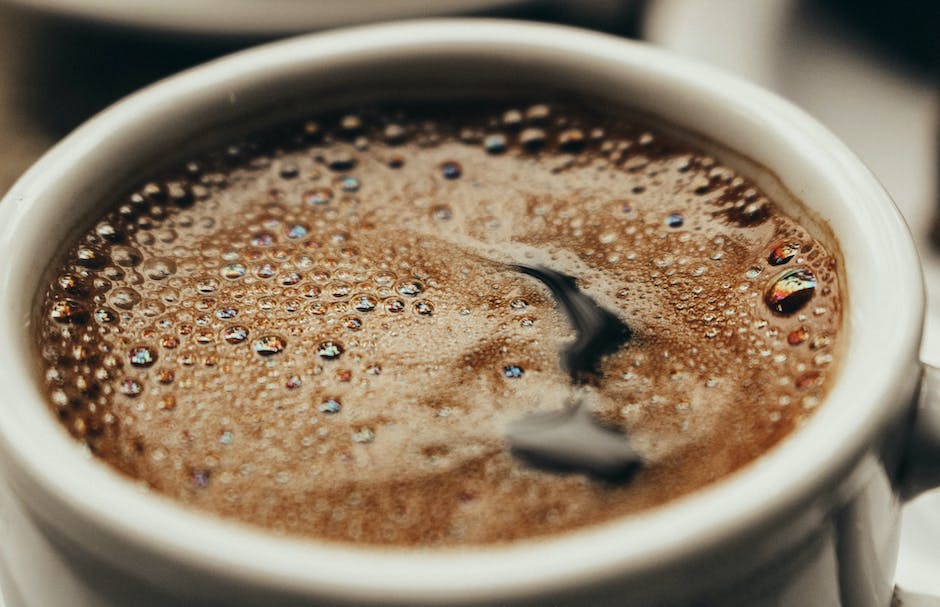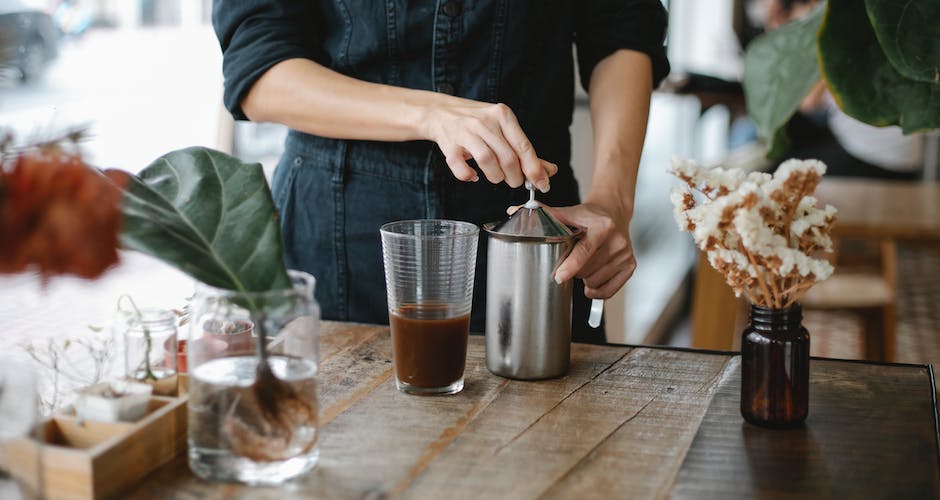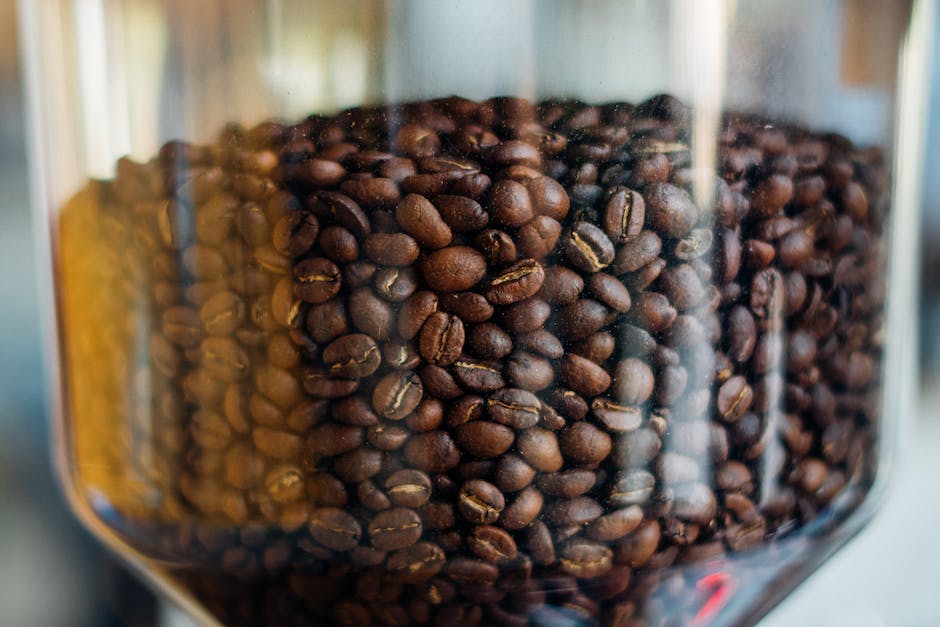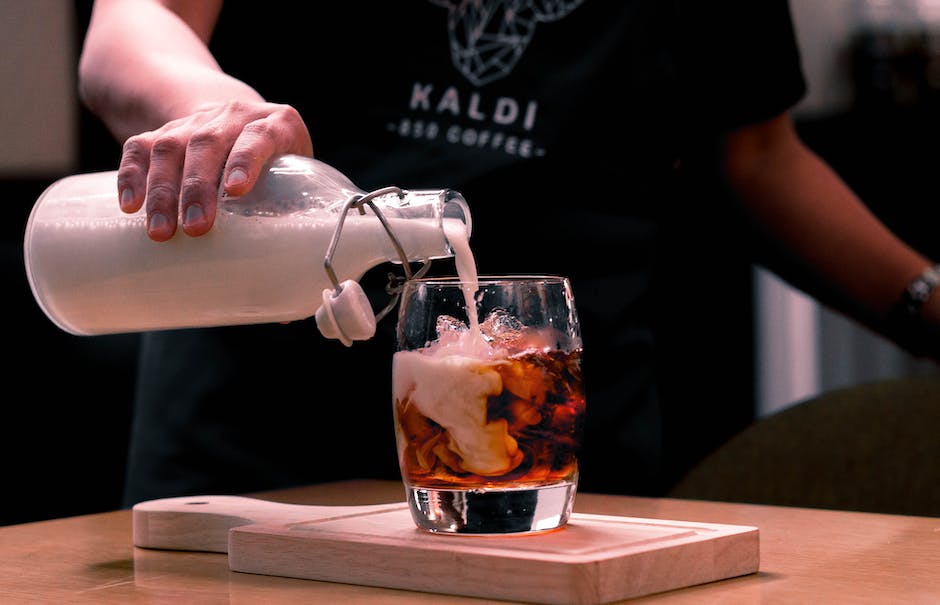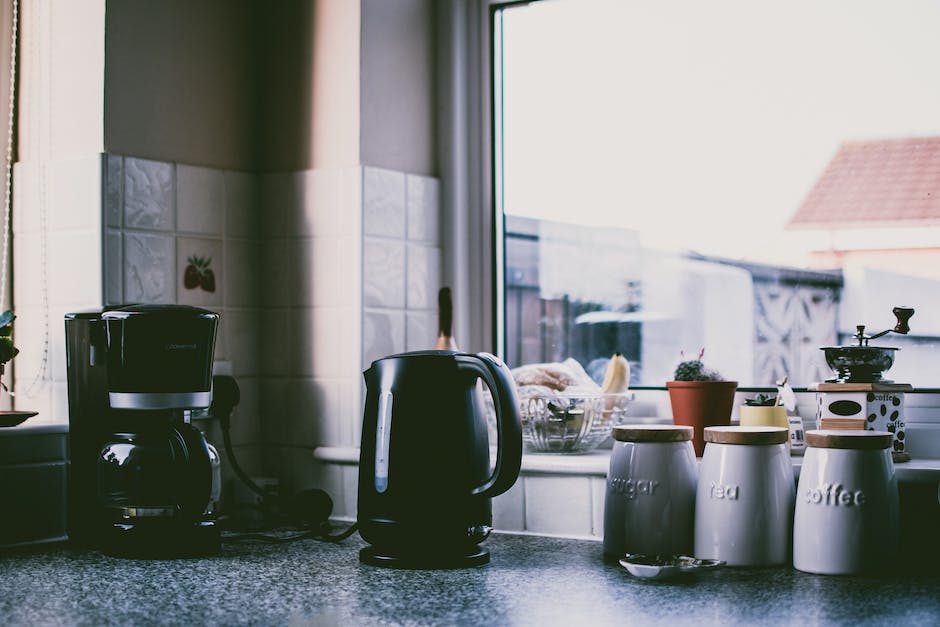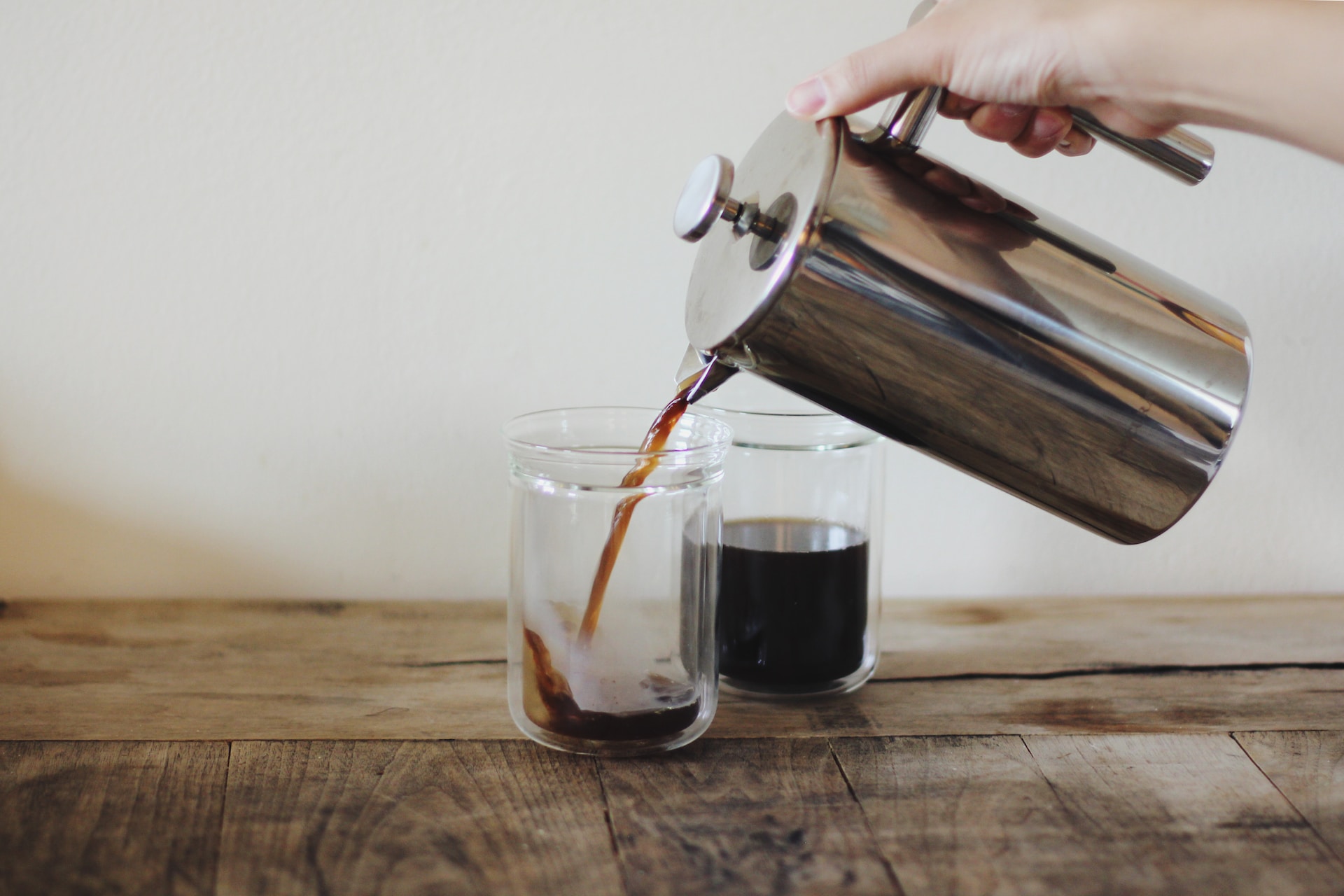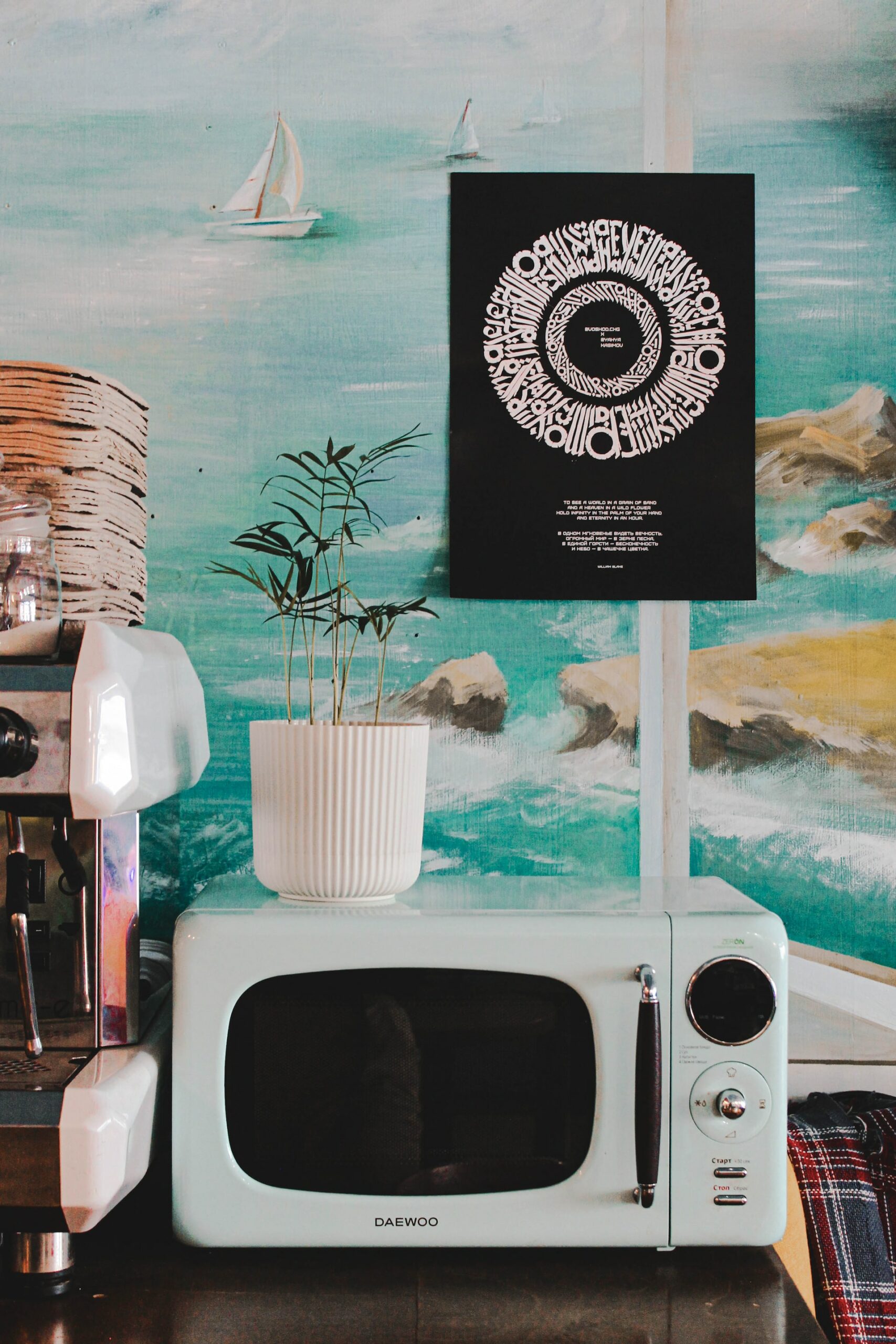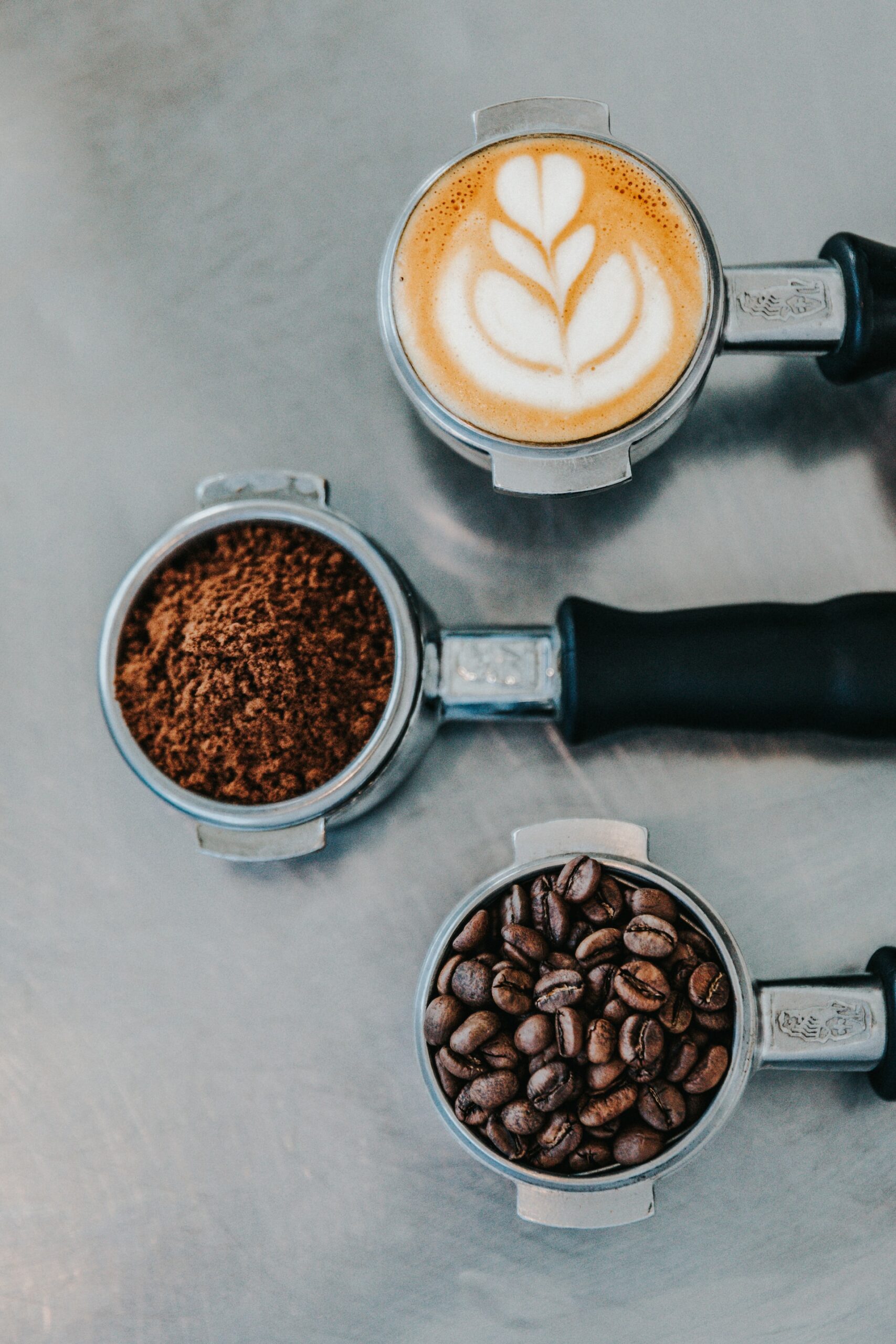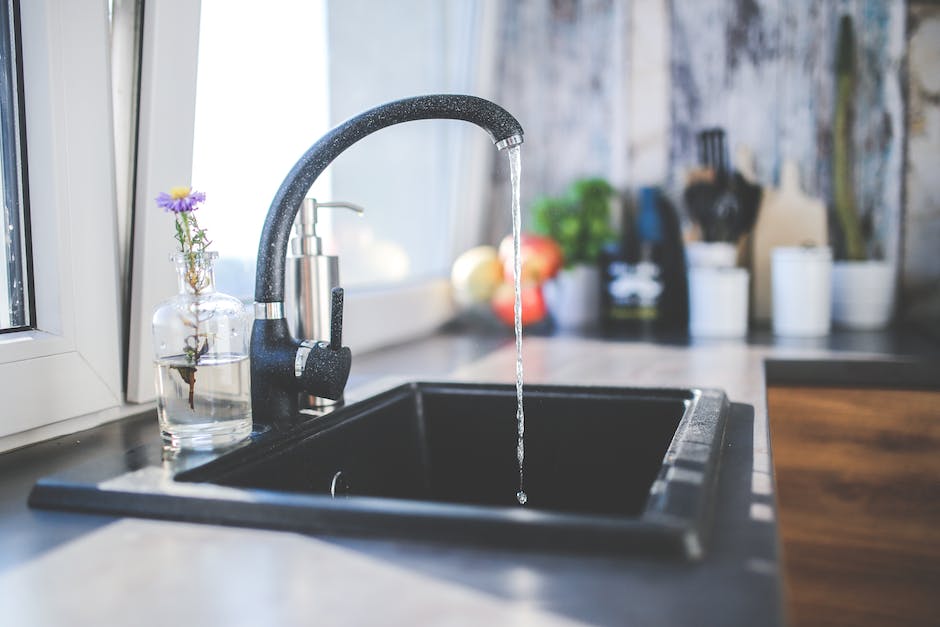
“A little bit of baking soda and elbow grease can work wonders in getting those stubborn coffee stains out of your sink!”
Sink S.O.S.: How to Banish Coffee Stains
Coffee is a beloved beverage that has been enjoyed for centuries. It’s no surprise that it’s also one of the most common stains in our homes. Coffee stains can be particularly pesky to remove from our sinks, leaving us with unsightly residue and discoloration. But fear not, with a few simple tricks and tips, you can banish coffee stains from your sink for good. In this article, we’ll explore how to get coffee stains out of sink, and provide you with a comprehensive guide to keeping your sink clean and stain-free.
Understanding Coffee Stains
Before we dive into the ways to remove coffee stains, it’s important to understand what causes them in the first place. Coffee contains tannins, which are natural compounds that give coffee its rich color and flavor. However, these same compounds can cause staining on surfaces they come into contact with, including your sink. When coffee stains are left untreated, they can become more difficult to remove, and may even cause permanent discoloration.
Types of Sinks and Staining
There are a variety of sink materials available, and different materials are more prone to staining than others. Porcelain and enamel sinks are common in many homes, and while they are durable, they can be susceptible to staining. Stainless steel sinks are also popular, and while they are more resistant to stains, they can still develop discoloration over time. Understanding the type of sink you have can help you choose the best method for removing coffee stains.

Removing Coffee Stains from Sink
Now that we have a better understanding of coffee stains and sink materials, let’s explore the best ways to remove coffee stains from your sink.
Method 1: Baking Soda and Vinegar
This method is effective for both porcelain and stainless steel sinks. Start by pouring a small amount of baking soda onto the stained area of the sink. Then, slowly pour vinegar over the baking soda, which will cause a fizzy reaction. Let the mixture sit for a few minutes, and then scrub the sink with a soft-bristled brush. Rinse the sink with warm water, and dry with a clean cloth.
Method 2: Lemon Juice and Salt
Lemon juice and salt can be used to remove coffee stains from porcelain sinks. Squeeze fresh lemon juice onto the stained area of the sink, and sprinkle a small amount of salt over the juice. Use a soft-bristled brush to scrub the sink, and then rinse with warm water. Dry the sink with a clean cloth.
Method 3: Commercial Cleaners
If the above methods don’t work, you can try a commercial cleaner designed for your sink material. Follow the instructions on the cleaner carefully to avoid damaging your sink, and be sure to wear gloves and work in a well-ventilated area.
Preventing Coffee Stains in Sink
While it’s important to know how to remove coffee stains from your sink, it’s just as important to prevent them from happening in the first place. Here are some tips to keep your sink coffee-stain free:
Tip 1: Rinse Your Sink After Use
After brewing your coffee, rinse your sink thoroughly to remove any coffee residue that may have splashed onto the sink. This will prevent stains from forming and keep your sink looking clean.
Tip 2: Use a Splatter Guard
A splatter guard is a useful tool when brewing coffee. It will help prevent coffee from splashing onto your sink and other surfaces, reducing the need for frequent cleaning and stain removal.
Tip 3: Clean Your Sink Regularly
Regular cleaning is key to preventing coffee stains in your sink. Make it a habit to clean your sink at least once a week with a gentle, non-abrasive cleaner. This will keep your sink looking clean and bright.
The Bottom Line
Now that you know how to get coffee stains out of sink, and how to prevent them from happening in the first place, you can enjoy your daily cup of joe without worrying about staining your sink. Remember, regular cleaning and maintenance are the key to keeping your sink looking great.
Beyond the Basics
If you’re looking for a creative way to banish coffee stains from your sink, try using a mixture of cream of tartar and hydrogen peroxide. Mix equal parts of both ingredients, and apply the paste to the stained area of your sink. Let it sit for a few minutes, and then scrub gently with a soft-bristled brush. Rinse with warm water, and dry your sink with a clean cloth. This method is effective for both porcelain and stainless steel sinks, and can help remove even the toughest coffee stains.

Frequently asked questions
What causes coffee stains on sinks?
Coffee stains are caused by tannins, which are natural compounds found in coffee that give it its rich color and flavor. When tannins come into contact with surfaces like sinks, they can cause staining that can become more difficult to remove if left untreated.
What types of sinks are more prone to staining?
Porcelain and enamel sinks are more susceptible to staining than stainless steel sinks. However, even stainless steel sinks can develop discoloration over time if not properly maintained.
How can I remove coffee stains from my sink?
You can remove coffee stains from your sink using baking soda and vinegar, lemon juice and salt, or a commercial cleaner designed for your sink material. Follow the instructions carefully to avoid damaging your sink, and be sure to wear gloves and work in a well-ventilated area.
How can I prevent coffee stains from forming in my sink?
Rinse your sink thoroughly after brewing coffee to remove any residue. Use a splatter guard to prevent coffee from splashing onto your sink, and clean your sink regularly with a gentle, non-abrasive cleaner.
What is a creative way to remove coffee stains from my sink?
You can try using a mixture of cream of tartar and hydrogen peroxide to remove tough coffee stains. Mix equal parts of both ingredients, apply the paste to the stained area of your sink, let it sit for a few minutes, scrub gently with a soft-bristled brush, and then rinse with warm water and dry with a clean cloth.

Coffee nerd from Toronto. Enjoys coffee before, during and after a nice meal. Engineer turned writer that started blogging at Wawee Coffee. And couldn’t stop.

